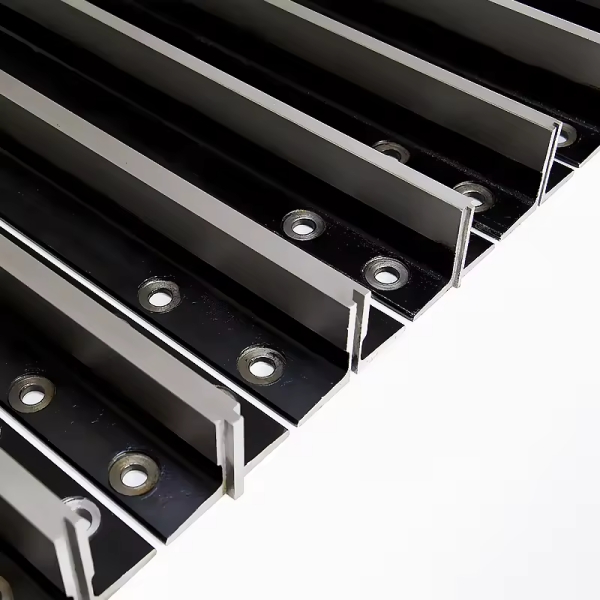Elevator systems are crucial components of modern buildings, providing safe and efficient vertical transportation. One often-overlooked aspect of elevator safety and performance is the alignment of guide rails. Misalignment in elevator guide rails can lead to noise, uneven wear, increased maintenance costs, and even safety hazards. Ensuring that guide rails remain properly aligned is essential for smooth elevator operation, passenger comfort, and long-term reliability.
This article explores the causes, signs, and best practices for preventing elevator guide rail misalignment.

Elevator guide rails are vertical tracks that guide the elevator car and counterweight throughout the shaft. Misalignment occurs when these rails are not perfectly straight or parallel, which can happen over time due to structural shifts, improper installation, or mechanical wear. Even minor deviations in alignment can affect the smoothness of elevator movement, increasing stress on the car’s rollers, bearings, and safety systems.
Guide rail misalignment is typically categorized into two types:
Both types can cause vibrations, jerking motion, and accelerated wear on elevator components, making timely prevention and correction critical.
Early detection of misalignment helps prevent costly repairs and ensures safety.
Common indicators include:
Regular inspection is essential for identifying these warning signs before they escalate into serious problems.
Understanding the root causes is key to prevention. Some typical causes include:
By identifying these causes, elevator operators and technicians can implement targeted preventive measures.
Preventing misalignment requires attention to installation, maintenance, and monitoring:
Implementing these practices not only prolongs the life of elevator components but also enhances passenger safety and ride comfort.
Elevator guide rail misalignment is a critical issue that can compromise safety, increase maintenance costs, and reduce passenger comfort. By understanding the signs, identifying the causes, and implementing best practices for prevention, building managers and elevator technicians can ensure smooth and safe elevator operation. Regular inspections, proper installation, and timely corrective actions remain the most effective ways to maintain optimal alignment and extend the service life of elevator systems.